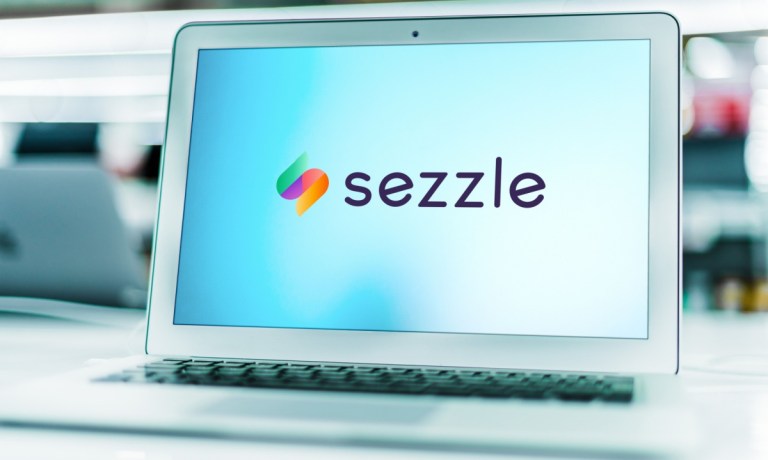
If Sezzle’s Q2 revenue guidance is any indication, BNPL is going to have a huge year when the dust settles on 2024. The company posted huge increases in all facets of its business Wednesday (Aug. 7) and expects total revenue to increase 35%-40% year over year (previous guidance of 25%) and net income of $55 million (previous guidance of $30 million).
“As shoppers want to use us everywhere and as a regular part of their daily lives, it’s both exciting and rewarding to see,” Sezzle CEO Charlie Youakim told the company’s earnings call audience.
“We believe the quarter-over-quarter results reflect the strong momentum that we are seeing in the business, and we are confident that we will continue to grow our active consumer accounts.”
His confidence was well-founded. Youakim attributed the Q2 success to shrewd marketing, new products and financial education. Those elements combined to produce an underlying merchant sales (UMS) increase by 38.9% year over year (YoY) to $532.2 million, surpassing the previous non-holiday quarterly high.
Consumer purchase frequency rose to 4.8 times from 3.3 times in the same period in 2023. The top 10% of consumers transacted 70 times per year on average. Total revenue grew by 60.2% YoY to $56 million, accounting for 10.5% of UMS. Total operating expenses increased by 26% YoY to $39.3 million, though expenses as a percentage of UMS and total revenue decreased. Operating income rose by 343.7% YoY to $16.7 million, with an operating margin increasing from 10.8% to 29.8%. Subscribers grew from 91,000 in Q2 2023 to 462,000 in 2024.
Among the specific initiatives that Youakim pointed to were a new product marketplace and Payment Streaks, a new feature designed to reward consumers for consistent and timely payments. The program enables users to ascend through loyalty tiers by consistently making on-time payments.
The Payment Streaks program empowers Sezzle users by introducing a gamification approach to responsible payment behaviors. Each successful payment made on or before its scheduled due date contributes to the user’s payment streak. As users accumulate streaks of on-time payments within a rolling 90-day window, they qualify for advancement to higher loyalty tiers.
While the Q2 revenue figures were impressive, the most important company to Sezzle’s future has yet to be named. Sezzle is nearing the completion of its implementation with a bank sponsor partner, with the launch anticipated in Q4.
The immediate benefits of that sponsorship are expected to include the launch of unified fees, and a streamlined regulatory approach. Youakim also expects further upside from future potential consumer product launches assisted by the bank sponsorship, including checking accounts, cash advances, and credit building products.
Initially, Youakim said, the bank partnership will allow Sezzle to unify its product construct across the United States versus the state by state approach it currently has. He also expected it to open doors to new merchants, although he wasn’t naming any names during the call.
“As you might imagine, state laws are not consistent from state to state, with restrictions on fees such as late fees varying widely,” he said. “Our current state-by-state setup makes running our business a bit more complicated and also limits our profitability.”
Both Youakim and CFO Karen Hartje hinted strongly at a major marketing campaign in the fourth quarter, aimed at driving new active users.
“For the remainder of 2024, we do expect to see some pickup in non-transaction related operating costs, but not at the expense of bottom line profitability,” Hartje said.
“We joke internally that it is amazing what making money will allow one to do, such as investing in more brand awareness and customer acquisition. The good thing is that we are finding ourselves in a position where we can make investments in the business that we might not have made in the past, particularly in marketing.”
“We try our best to make sure that consumers don’t overspend, which on the flip side, I think credit cards love only consumers who overspend because they build imbalances and they start to revolve,” Youakim added in answer to an analyst question about Q4.
“We don’t want consumers to overspend in that quarter because if they overspend, what we tend to find is that the higher default leads to [impact] consumers because with our product, when they are in a default situation, they can’t transact with us again.”